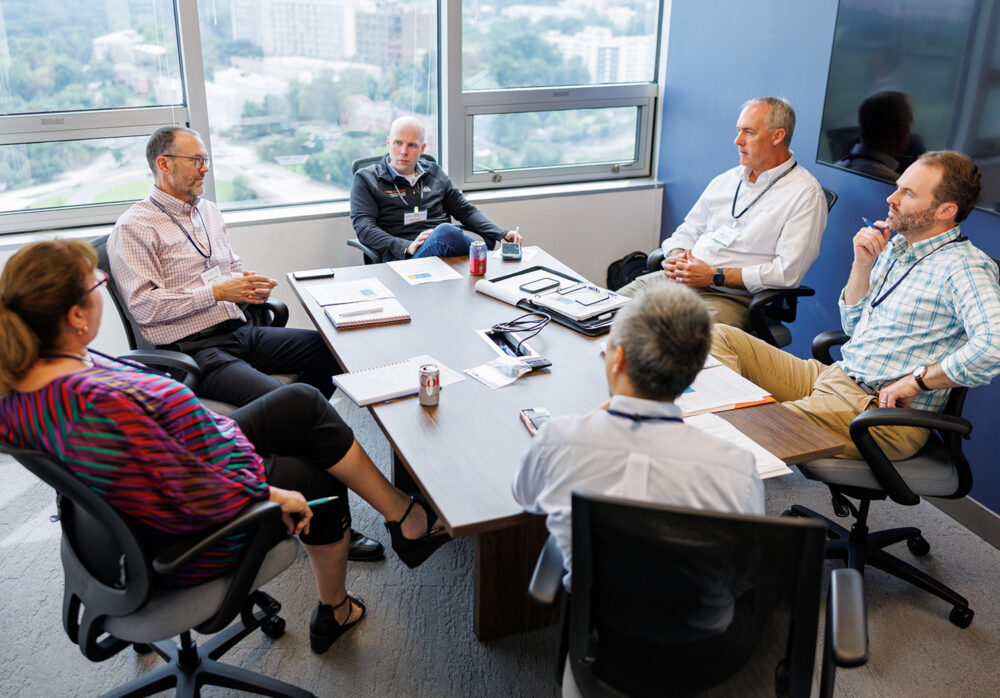As a former CHRO, I understand the challenge of succession planning. Organizations are dynamic and yet you are responsible for ensuring continuity of leadership at multiple levels. I like to imagine succession planning like a game of musical chairs, but instead of just one chair missing each round, you’ve got multiple chairs vanishing at random intervals, and sometimes new chairs popping up unexpectedly.
5 Challenges of Succession Planning
In the workplace, it’s not just about finding the next person to fill a position when someone leaves; it’s about identifying, developing, and preparing potential successors well in advance. But here’s why it’s trickier than it sounds:
- People Aren’t Stationary: In musical chairs, everyone starts and stays in their spot until the music stops. In the workplace, people are constantly moving around, taking on new roles, leaving, or even stepping out of the game altogether. This makes it challenging to predict who will be available and suitable for succession.
- Skills and Abilities Vary: Just like some players in musical chairs might be faster or more strategic, employees in the workplace have different skills, experiences, and potential for growth. It’s not just about finding a warm body to fill a seat; it’s about finding the right fit with the right skills and potential to lead.
- Unexpected Twists and Turns: Sometimes, just when you think you’ve got your succession plan all figured out, a curveball comes out of nowhere. Maybe a key player decides to leave unexpectedly, or a new technology disrupts your industry, requiring a different skill set than you anticipated. It’s like suddenly adding or removing chairs in the middle of the game!
- Balancing Act: You can’t just focus on grooming one person for each position because what if they’re not available or ready when you need them? Succession planning requires a delicate balance of developing multiple potential successors while also ensuring continuity in leadership roles.
- Human Factor: Lastly, unlike in musical chairs where the players are just trying to win, in the workplace, you’re dealing with real people with their own aspirations, motivations, and career paths. Not everyone wants to play the leadership game, and some may prefer to stay put in their current roles.
5 Ways Leadership Development Supports Succession Planning
By grooming and developing a pool of high-potential employees, especially from various backgrounds, leadership development programs create a diverse pipeline of talent ready to fill key leadership positions when vacancies arise. This reduces the risk of leadership gaps and ensures a smooth transition during succession events. Here’s how they contribute to succession planning:
- Identifying Potential Leaders: These programs assess employees’ skills, competencies, and leadership potential. Through assessments, performance evaluations, and feedback mechanisms, potential successors are identified based on their aptitude, capabilities, and leadership qualities.
- Training and Skill Development: Leadership development programs provide training and development opportunities tailored to enhance leadership skills, managerial abilities, and strategic thinking. This equips potential successors with the necessary competencies to step into leadership roles seamlessly.
- Experiential Learning: Many leadership development programs incorporate real-world projects, simulations, and challenging assignments. This hands-on experience allows potential successors to apply their skills, test their leadership capabilities, and learn from both successes and failures in a controlled environment.
- Cultural Alignment and Continuity: Leadership development programs often focus on instilling organizational values, culture, and vision among potential successors. This ensures alignment with the company’s ethos and promotes continuity in leadership style and strategic direction, even as leadership changes occur.
- Retention and Engagement: Offering opportunities for career advancement and skill development through leadership programs can boost employee morale, engagement, and loyalty. Employees are more likely to stay with an organization that invests in their professional growth, reducing turnover and preserving institutional knowledge.
Don’t get caught in a confusing game of musical chairs when it comes to succession planning! Partnering with Darden Executive Education & Lifelong Learning can help you build and maintain your diverse leadership pipeline for succession. Consider sending individuals who are being groomed for the C-suite to our advanced leadership program, The Executive Program (TEP). In addition to focusing on a specific project contributing to your organization, they will meet other leaders from across industries and sectors, which is valuable to strategic perspective. Another way to partner with Darden is to create a cohort program for your leaders where they will learn from each other about your organization. Both of these options are facilitated by Darden’s award-winning faculty who ensure all aspects of being a leader – from business acumen to executive communication, to talent management, to decision-making with data – are part of their toolkit, making them ready for their next roles.




